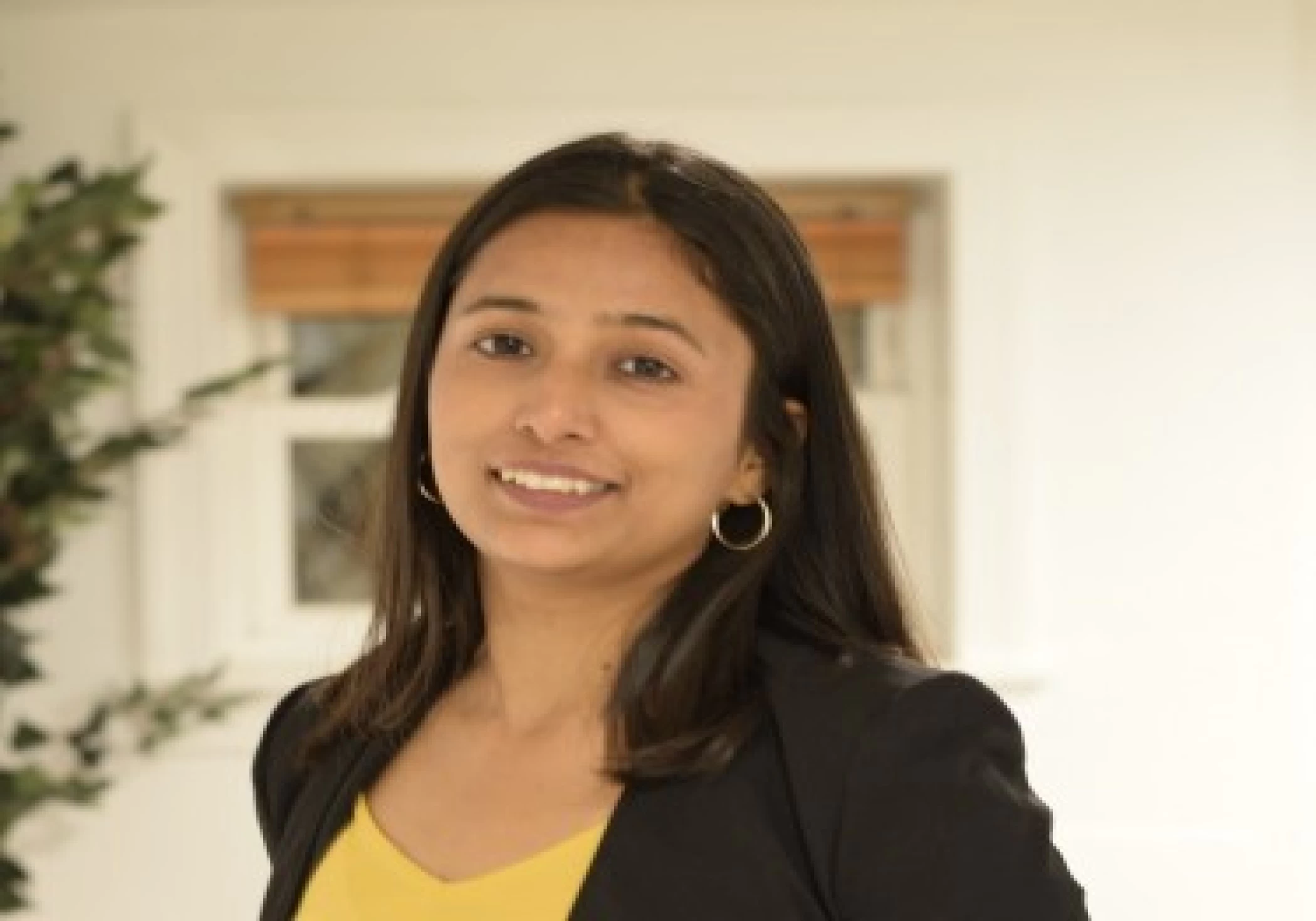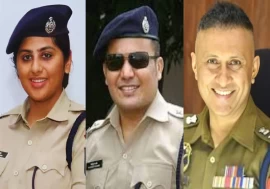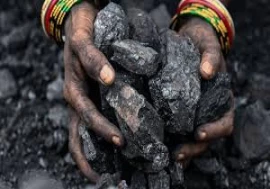
Srishti Gupta, IRTS officer of 2014 batch has been at the forefront and part of transformative initiatives in urban transportation, sustainability, and commuters' ease of mobility. From conceptualizing the Yatri App, Mumbai Local's first official app to implementing EV charging stations and plastic recycling campaigns, Srishti has passionately pursued innovative spirit to work. Currently on deputation to the National Capital Region Transport Corporation (NCRTC) under the Ministry of Housing & Urban Affairs she is playing a pivotal role in strategic planning for the transformative Regional Rapid Transit Service (RRTS) project, Srishti shares profound insights into her journey in an exclusive interview with Editor-in-Chief of Bureaucrats India, Dr Navneet Anand. Here are the excerpts:
From Hansraj College to TISS and Oxford, then to the World Bank and now at NCRTC what key experiences and skills have been pivotal to your success?
My academic journey began at Hansraj College, Delhi University. While doing the course I volunteered with many NGOs as I had the inclination to work in the development sector. After a master's in social work at TISS, inspired by my father's idea of making changes through civil services, I entered Railway services. Serving as the Divisional Operations Manager in Mumbai, I addressed critical issues of track maintenance for Mumbai locals by creating an online system with the help of my team. We used to efficiently manage over 100 maintenance activities on a daily basis. Overall, a valuable learning experience as a Divisional Operations Manager.
Can you elaborate on the functionality and purpose of the Yatri App that you were instrumental in developing for Mumbai locals?
Upon joining Mumbai's services, I observed a low level of tech adoption. In a strategic move, I took the initiative to develop an official app for Mumbai locals, offering live train locations, disruption information, fare details, and a portal for lost belongings. Within one year and six months, the app was launched, amassing 22 Lakhs downloads and sustaining 5 Lakhs daily users. To establish a non-fare revenue model, I opted for third-party development, seamlessly incorporating ads and subscription models without compromising the user experience. This innovative approach successfully pioneered an earning model for railways.
Could you share insights into your work on the EV charging station at CSMT parking, outlining its intended purpose and the ways in which it contributed to the enhancement of the local transportation system?
While managing a portfolio in Mumbai with a focus on creating non-fare revenues for railways, we introduced unique initiatives such as EV charging stations, facilitated by progressive policies brought by the ministry which allow officers like us to take these initiatives. Leveraging railway-provided land for charging stations, we developed the necessary infrastructure, creating a mutually beneficial situation for all stakeholders involved.
You did a plastic recycling campaign at CSMT, Mumbai. Tell us more about that.
Throughout my tenure, I engaged in extensive collaborations with NGOs, government agencies, and international bodies. One notable partnership was with UNDP, where we collaborated on a plastic recycling awareness campaign named "Plastic lao, Mask pao." This initiative involved providing free masks in exchange for plastic contributions during the pandemic, at the Chhatrapati Shivaji Maharaj Terminus, Mumbai.
You have engaged with public, private, NGOs, and international organisations. What is your strategy to cultivate a workable relationship with each one of these partners?
In the development sector, while the government holds a significant stake, recognising the strengths of other key players, such as specialised NGOs, is imperative. For instance, a specialised NGO played a crucial role in enhancing the accessibility of the Yatri app for the visually impaired. In another case, an NGO assisted us in formulating effective strategies to provide proper support to lost children at railway stations. It is essential to acknowledge the strengths and weaknesses of each stakeholder to cultivate relationships based on equality.
Please share your experiences and insights gained from working on the World Bank project focused on urban transport in India and Bangladesh.
During my time at the World Bank, we delved into the intersection of urban transport and poverty, prioritising affordability and integration. Our projects aimed to alleviate financial strains, facilitating greater access to public transport and opportunities. In Bangladesh, we particularly emphasised inclusivity in urban transport for women, the differently-abled, and the elderly.
What are your perspectives on the obstacles encountered by persons with disabilities in their mobility?
Ensuring the accessibility of transport systems is paramount in providing vulnerable individuals access to education and employment opportunities. Overlooking this aspect not only violates their rights but also negatively impacts the economy. Urban Ministry guidelines underscore the significance of accessibility in urban transport systems. Continued efforts should prioritise the development of safe and accessible systems to benefit all.
What is your current role at National Capital Region Transport Corporation (NCRTC)?
In my role as lead strategist at NCRTC, I oversee the development of Regional Rapid Transit Systems (RRTS) for Delhi, aiming to reduce congestion and pollution. With exemplary leadership, we're progressing through multiple phases, including the operational Delhi-Meerut corridor. Our focus is on integrating multi-modal connectivity and addressing first and last-mile challenges to decongest Delhi. The project, inaugurated by Hon PM, utilises Austrian technology, and has garnered positive reception.
Could you please elaborate on the "Public by Sharing" initiative at Kurla station, as well as the the digital map system?
To address the first and last-mile challenge in Mumbai, electric bikes were introduced at Kurla station, offering commuters a convenient option to reach the economic hub, Bandra Kurla Complex. Operated by a third party, the bike stand has proven to be financially viable and has garnered positive feedback. We strategically selected a high-traffic location and ensured the provision of excellent facilities. Additionally, we implemented digital maps, known as Passengers Amenity Maps, at key stations to improve passenger navigation. These maps, a pioneering initiative at the time, enabled easy navigation without imposing extra costs on the railways while generating revenue through advertising. Furthermore, we introduced both affordable and high-end Sleeping Pods to alleviate the burden of expensive hotel stays. These successful initiatives have since been replicated in various locations.
Your message for Bureaucrats India.
I applaud the efforts of Bureaucrats India, and its ability to humanise bureaucracy is notable. While traditionally seen as nameless and faceless, infusing a human touch helps individuals grasp the inner workings of systems such as railways and government offices. This initiative is essential in demystifying bureaucratic processes and elevating understanding. I extend my best wishes to you in fulfilling this important role.







_500_x_400.webp)





